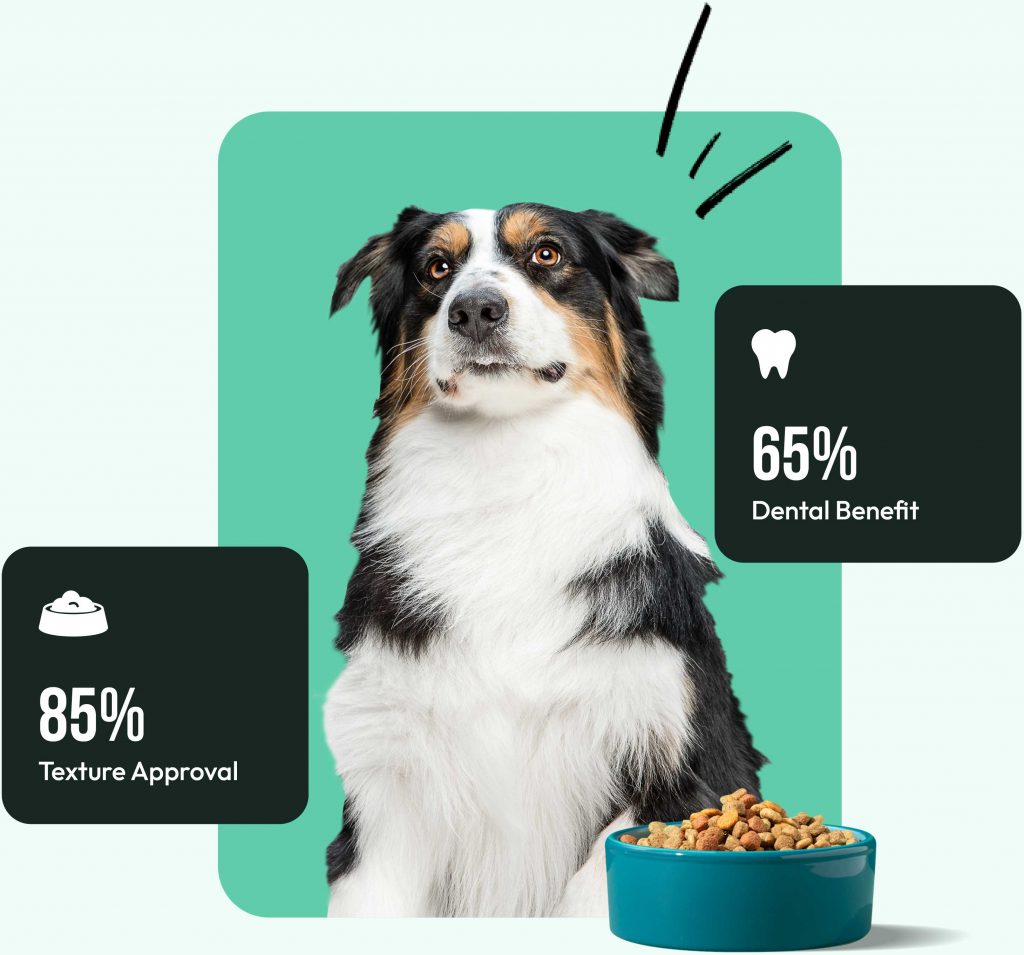Pet Food Research: Everything You Need to Know About Home Use Testing with Real Pets


Whether you’re developing a new recipe or reformulating an existing product, pet food research through home use testing provides invaluable insights that laboratory testing simply cannot replicate.
With pet owners increasingly treating their animals as family members and spending billions annually on premium pet nutrition, understanding how your product performs in real homes with real pets has never been more crucial.
At Wirral Sensory Services, we regularly field questions from pet food manufacturers about how to effectively conduct home use testing with pets. After nearly three decades of helping brands navigate this specialised research area, we’ve created this guide to answer some of the most common queries to help you understand how pet food testing can strengthen your product development and increase your chances of market success.
Pet food home use testing involves recruiting pet owners to trial your products with their animals in their natural home environment. Unlike laboratory feeding trials or palatability tests conducted in controlled facilities, this methodology captures authentic feeding behaviours and owner observations in the settings where your products will actually be consumed.
The process typically involves providing pet owners with debranded product samples sufficient for several days of exclusive feeding. Owners then observe their pets’ responses, monitor consumption patterns, and report on various aspects of product performance through structured feedback mechanisms.
This approach provides insights that extend beyond simple palatability scores. You’re gathering comprehensive data about how your product integrates into real feeding routines, how pets respond over multiple meals, and crucially, how owners perceive the product’s performance against their expectations and current preferences.

The pet food market has evolved dramatically, with owners now expecting products to deliver on increasingly sophisticated promises about nutrition, health benefits, and ingredient quality. Home use testing helps to validate these claims in real-world conditions where countless variables influence acceptance and satisfaction.
Pet feeding behaviour in homes differs significantly from controlled environments. At home, pets have established routines, preferred feeding locations, and existing flavour preferences shaped by their current diet. Testing in this context reveals whether your product can successfully compete with these established patterns.
Owner perception proves equally important since they are the ones making the purchasing decisions. Home use testing captures their assessment of practical factors like aroma, appearance, ease of serving, and perceived value. It also reveals whether they observe the behavioural and health indicators that suggest their pet is thriving on your product.
Perhaps most importantly, this methodology helps to identify potential issues before market launch. Whether it’s an unexpected digestive response, palatability problems with certain pet demographics, or packaging challenges owners encounter during daily use, early identification allows for corrective action before you make any significant investment in production and marketing.
Professional pet food research based in a home setting begins with careful recruitment of participants who represent your target market. This involves screening for factors including pet age, breed, size, current diet, health status, and owner demographics to ensure your test panel accurately reflects your intended customer base.
Selected participants typically receive comprehensive instructions about the testing protocol, often including a washout period where pets transition from their current food. This helps to ensure a more accurate assessment of your product rather than reactions to dietary change.
During the test period, owners feed the provided product exclusively according to specified guidelines. They observe and record various aspects of their pet’s response, from initial interest and consumption rate to ongoing acceptance and any changes in behaviour, energy levels, or physical condition.
Data collection methods vary but often include daily diaries, structured questionnaires, and sometimes photographic evidence of consumption patterns. Modern approaches frequently use digital platforms that allow real-time data capture, making it easier for owners to record observations immediately rather than relying on memory.

Home use testing can assess numerous product attributes that influence both pet acceptance and owner satisfaction. Palatability remains fundamental, but the methodology goes far deeper than simple taste preference.
For instance, consumption patterns reveal important insights about product performance. This includes speed of eating, completeness of consumption, enthusiasm at feeding time, and whether acceptance maintains or changes over multiple days of feeding. These patterns often differ significantly from single-meal palatability tests.
Physical responses also provide crucial feedback about product suitability. Owners can monitor digestive tolerance, stool quality, coat condition, energy levels, and other health indicators that suggest how well pets are responding to the nutritional profile of your product.
Practical performance is another factor that matters enormously to owners. How easily does the product pour or serve? Does it create excessive dust or mess? How does it smell to human noses? Does the packaging reseal effectively? These seemingly minor factors can significantly influence repurchase decisions.
Owner satisfaction metrics then complete the picture. Beyond their pet’s response, how do owners feel about the product? Would they recommend it to other pet owners? How does it compare to their current brand? Understanding these human factors is essential since owners ultimately control purchasing decisions.
While controlled laboratory testing has its place in pet food development, home use testing offers considerable advantages that make it indispensable for understanding real-world product performance.
Authentic behaviour patterns only emerge in familiar environments. Pets may eat differently when relaxed at home compared to potentially stressful laboratory settings. This natural behaviour provides more accurate insights into how your product will perform once it reaches retail shelves.
Extended feeding periods reveal patterns that single-meal tests miss. Initial acceptance might be high, but does it sustain over a week of exclusive feeding? Home testing captures these temporal dynamics that prove crucial for generating repeat purchases.
Multiple pets in households can also provide valuable comparative data. Many homes have several pets with different preferences, and understanding how your product performs across this diversity helps to identify its market potential and limitations.
Lastly, owner involvement adds a critical dimension that laboratory testing cannot capture. Their observations, preferences, and practical experiences with your product provide insights that directly influence purchasing decisions and brand loyalty.

Understanding how pets and their owners respond to your products in real home environments removes uncertainty from development decisions and significantly increases your chances of creating successful products that generate loyal customers.
At Wirral Sensory Services, we’ve spent decades perfecting pet food research methodologies that deliver actionable insights for brands across the UK and Europe. Our comprehensive home use testing programmes combine rigorous recruitment, carefully designed protocols, and sophisticated analysis to provide the clarity you need for confident decision making.
Our established database includes thousands of pet owners representing diverse demographics, pet types, and feeding preferences. Whether you’re testing dog food, cat food, or speciality pet nutrition products, we can recruit the right participants to provide meaningful feedback about your product’s performance.
From initial concept validation through to final formulation confirmation, our pet food research services help to ensure your products meet the expectations of both pets and their owners.
Ready to discover how your pet food products truly perform in the homes of your target consumers? Contact our experienced team today at +44 (0)151 346 2999 or email info@wssintl.com to discuss how professional home use testing can strengthen your product development and support your market success.